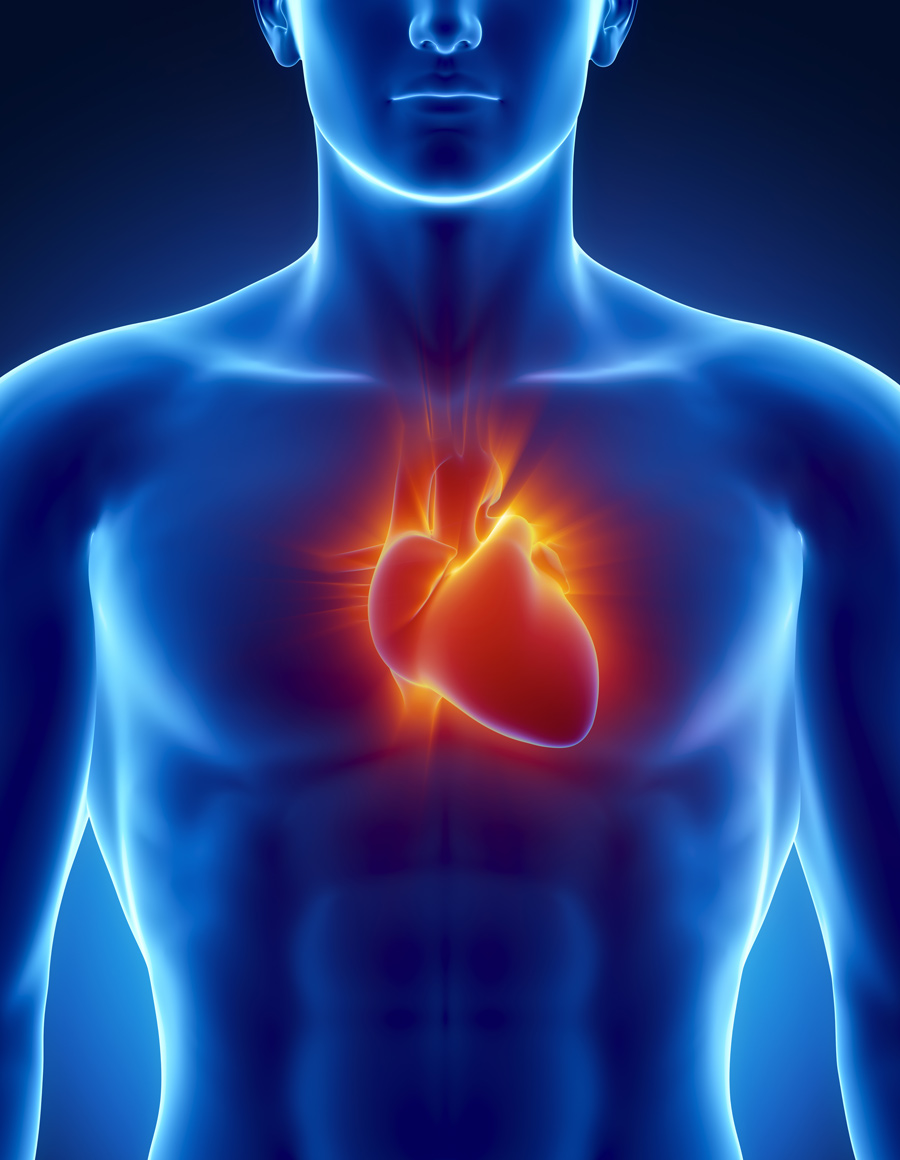Investigating teachers’ psychological and physiological stress
Teaching is a demanding profession. Teachers are constantly managing complex social situations within the classroom as they lead their courses and provide learning opportunities for their students. Work-related stress among teachers has significantly increased during the last decade resulting in one of the highest rates of burnout with many teachers leaving the profession or retiring early.
Prof Dr Alexander Wettstein, Head of the Social Interaction in Educational Settings Research Programme at Institut für Forschung, Entwicklung und Evaluation (University of Teacher Education Bern), is leading an investigation into stress in the everyday lives of teachers. This research focuses on teachers’ psychobiological stress in social interactions and aims to prevent stress among teachers.

Stress factors
Healthy teachers are crucial to successful teaching. Prof Dr Wettstein describes how teachers have to be healthy if they are to continuously produce inspiring lessons and create a positive and respectful classroom climate. When compared to other professionals, however, teachers suffer more from exhaustion, fatigue, headaches and tension. Mental and psychosomatic diseases are also overrepresented in teachers. Teachers’ emotional exhaustion has a detrimental effect on the quality of teaching as well as reducing their students’ achievement and motivation. Staff turnover is high, particularly among new teachers, with 40% – 50% leaving the profession within the first five years of their teaching career. These factors highlight the necessity to understand and prevent teacher stress.
Sources of teacher stress
While sources of teacher stress experience are diverse and can include life events, everyday stress and social stressors, the main stress at work arises from problematic teacher-student interactions. These classroom disruptions include discipline problems, unmotivated students, and teaching disorders. Prof Dr Wettstein explains how “short-term physiological stress reactions triggered by teaching disorders can potentially lead to physical stress consequences in the long term and have a negative impact on teacher health and the quality of teaching.” He continues to convey how the stress experienced by teachers in the classroom can result in their negative reactions to undesirable student behaviour. Rather than offering a solution to the problems, dysfunctional coping strategies can magnify them.
Work-related stress among teachers has significantly increased during the last decade resulting in one of the highest rates of burnout.
Goals
Prof Dr Wettstein aims to prevent teachers’ exhaustion and support teachers in generating appreciative, respectful, and trusting social interactions within their classrooms through lessons that students find inspiring, creative, and challenging. His team believes that successful social interaction underpins successful learning and creates learning environments where everyone is committed and healthy. Prof Dr Wettstein explains that “the central, overarching goal of our research is to create pedagogical settings that are characterised by mutual trust, respect, and recognition.”

The majority of studies into teachers’ stress are limited to surveys of stress experiences. In addition to teachers’ psychological responses to stress, the research team are interested in what happens on a physiological level. This includes how aggressive student behaviour and challenging classroom settings can activate physiological stress reactions in teachers.
Explorative study
Teachers were recruited from primary schools in the canton of Bern, Switzerland. The researchers selected eight healthy primary school teachers, six female and two male with a mean age of 43, to take part in the preliminary study. Ambulatory assessment was employed, allowing data collection while the participants underwent normal day-to-day activities. To assess the teachers’ physiological stress responses, continuous biopsychological data was collected from when the teachers woke up until 8:00 pm over the course of two workdays and a free day. The teachers also kept diaries to assess their activities on each measurement day. Classrooms were equipped with GoPro cameras and a dictaphone to enable external observation of lessons, enabling the researchers to categorise the classroom settings and levels of student aggression.
Electrophysiological measures
The teachers’ heart rates and heart rate variabilities were measured using ambulatory ECGs. Cardiac activity is largely controlled by the autonomic nervous system and an increase in heart rate usually signifies an increase in psychophysical stress. Heart rate variability demonstrates how the heart activity is adapting to demands. High heart rate variability signifies increased parasympathetic nervous system activity which is healthy, whereas low heart rate variability indicates low vagus nerve activity which is linked to mental and physical health problems.

Biochemical measures
Eight saliva samples were collected from each teacher throughout each day to determine the levels of cortisol and alpha-amylase. Assessments of perceived stress and anger ratings were also recorded at these times. Cortisol is a stress hormone released by the adrenal glands that helps the body deal with stressful situations. Salivary alpha-amylase is a marker of autonomic nervous system activity during stress.
Findings
Analysis of cortisol and alpha-amylase demonstrated the typical daily cycle of decreasing cortisol and increasing alpha-amylase levels. The results disclosed significantly higher morning cortisol and perceived stress and anger levels for the teachers on workdays compared with their free day. The teachers’ cortisol awakening response, i.e. the change in cortisol levels occurring in the first hour after waking, was also notably higher on workdays. This could be explained by the anticipation hypothesis and due to a reflection of their cognitive engagement in preparation for coping with the demands of the day ahead.
The central, overarching goal of the research is to create pedagogical settings that are characterised by mutual trust, respect, and recognition.
The teachers’ overall heart rate variability was significantly lower on workdays than the free day. This is in agreement with previous studies and indicates a relationship between work stress and reduced heart rate variability. There were no significant differences in either salivary alpha-amylase levels or heart rates between work days and free days. Considering the significant difference in heart rate variability but not in heart rate suggests that only moderate levels of stress were experienced by these teachers during the course of this study.
The time-based analysis revealed that aggressive student acts triggered both an increase in teachers’ heart rates and a decrease in their heart rate variability. Most of the aggressive student acts in this study, however, were identified by the researchers as mild. During periods of time when classroom settings were especially challenging, such as moving students between activities, the researchers also observed a reduction in teachers’ heart rate variation.

On workdays, the teachers’ perceived stress and anger increased until noon, exposing the accumulation of demands during the morning. It then decreased, showing good recovery through the afternoon and evening. In contrast, there was no significant difference in levels of perceived stress and anger throughout the free day.
The physiological stress parameters observed in this study revealed that teachers experience significantly higher stress levels on workdays in comparison with free days. This was in line with their perceived stress and anger levels.
Strengths and limitations
Prof Dr Wettstein acknowledges that this study has its limitations. The findings are based on a small sample of eight teachers so it cannot be generalised to the entire population. It has, however paved the way for a larger study currently taking place involving 48 teachers. The ambulatory approach helps the researchers understand the teachers’ real-life situations, but it lacks the experimental control of laboratory experiments even though it offers better ecological validity.
The strengths of the study include the continuous and simultaneous nature of this multidimensional assessment of different biological and psychological factors of teacher stress in real-life situations provides a novel perspective of everyday life in school. This offers a much richer source of information than the retrospective snapshot examinations of the complex phenomenon of workplace stress taken from teacher questionnaires and self-reporting.

Broader impact
In addition to damaging teachers’ health, stress reduces the quality of teaching and has a negative impact on the motivation and performance of learners. This prompts the question: how can teachers be supported to enable them to effectively deal with challenging interactions?
Prof Dr Wettstein suggests that the ambulatory assessment strategy employed in this research can be used to examine teachers’ coping patterns in stress situations in class. Adverse coping patterns that escalate negative teacher-pupil interactions can be identified and this knowledge can be applied to prevention of such dynamics on a class or school level. It can also identify the strains on an individual teacher’s work situation and inform changes in their lesson design.
This research into teachers’ psychological and physiological reactions to stress in class has the potential to alert teachers to negative stress experiences and offer valuable information for health-promoting school development. Moreover, these physiological measures can be employed in stress-reducing interventions and teacher counselling.
Personal Response
What advice would you give to providers of teacher education and professional development based on your research into teacher stress?
<>Teachers fulfil an essential and demanding task, preparing future generations. They deserve appropriate working conditions that allow them to stay healthy. Teacher health is a necessary prerequisite for good quality teaching. First, teacher education and professional development can support teachers to question possible dysfunctional coping strategies and proactively prevent disorders through diagnostic competence, relationship, classroom management, and stimulating teaching. Second, teacher education can sensitise students about some widespread misconceptions such as: “High engagement leads to burnout.” The opposite is true. A high level of commitment that is accompanied by positive emotions in fact protects. Third, it is vital that teacher education sensitises teachers to the hidden physiological risks. “I am calm even in challenging situations.” However, does that also apply to their physiological reactions?